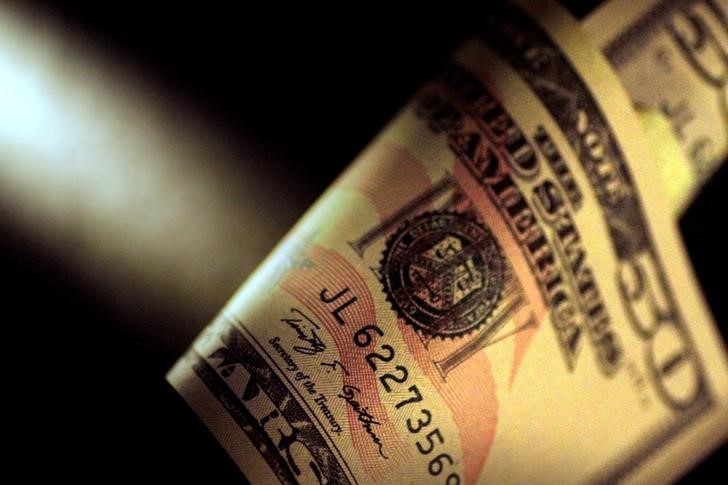Novo Nordisk, Eli Lilly slide after Trump comments on weight loss drug pricing
Investing.com-- Most Asian currencies kept to a tight range on Friday, while the dollar extended recent losses as markets remained largely convinced that the Federal Reserve will cut interest rates further in October.
Caution over simmering U.S.-China trade tensions and an ongoing U.S. government shutdown also weighed on the dollar, putting it on course for its worst week in almost three months.
Most Asian currencies were sitting on weekly gains, with the Japanese yen among the best performers on emerging doubts over fiscal spending and interest rates. The Indian rupee also outperformed on central bank intervention and hopes of a thaw in trade relations with the United States.
Japanese yen upbeat as BOJ’s Ueda talks rate hikes
The Japanese yen firmed on Friday, with the USD/JPY pair falling 0.2%. The pair was also down nearly 0.7% this week.
Bank of Japan Governor Kazuo Ueda said on Thursday that the central bank will keep raising interest rates if confidence in achieving its economic targets improves.
While Ueda did not give any clear cues on when and by how much rates would increase, his comments helped keep the yen underpinned. Ueda’s comments also come just weeks before a late-October BOJ meeting.
The yen was supported by some doubts over increased fiscal spending, as recently-elected Liberal Democratic Party leader Sanae Takaichi’s prime ministerial bid hit a snag. Long-time LDP ally Komeito withdrew its support last week, potentially opening the door for the opposition to nominate its own prime ministerial candidate.
Takaichi’s election as the LDP leader had sparked deep losses in the yen, a bulk of which the currency reversed this week.
Asia FX set for weekly gains as dollar retreats
Broader Asian currencies were flat on Friday, but were headed for some weekly gains amid weakness in the dollar.
The dollar index and dollar index futures fell about 0.2% each on Friday, and were trading down 0.8% this week– their worst drop since mid-July.
The greenback was pressured by growing conviction that the Fed will cut rates again in October, especially after Fed Chair Jerome Powell offered up some dovish comments this week.
Uncertainty over the U.S. economy, amid a prolonged government shutdown, also weighed on the dollar, as did growing concerns over the health of several regional banks.
Most Asian currencies clocked weekly gains on the prospect of lower U.S. rates. The Indian rupee was the best performer this week, with the USD/INR pair down nearly 1%.
The rupee was reportedly supported by foreign exchange intervention by the Reserve Bank of India. Additionally, the currency was also buoyed by hopes for improving trade relations between Washington and New Delhi, after U.S. President Donald Trump claimed India will stop its purchases of Russian oil.
The Chinese yuan’s USD/CNY pair was flat on Friday, and was trading down about 0.2% this week. The yuan was seen taking support from a series of strong midpoint fixes by the People’s Bank, which largely offset weak inflation data and heightened U.S.-China trade tensions.
The Australian dollar’s AUD/USD pair fell 0.2%, and was nursing some weekly losses after dismal jobs data ramped up bets for more interest rate cuts by the Reserve Bank.
The South Korean won’s USD/KRW pair rose 0.2% on Friday, but was trading down 0.7% this week.
The Singapore dollar’s USD/SGD pair fell slightly after data showed the country’s non-oil exports rebounded sharply in September.
